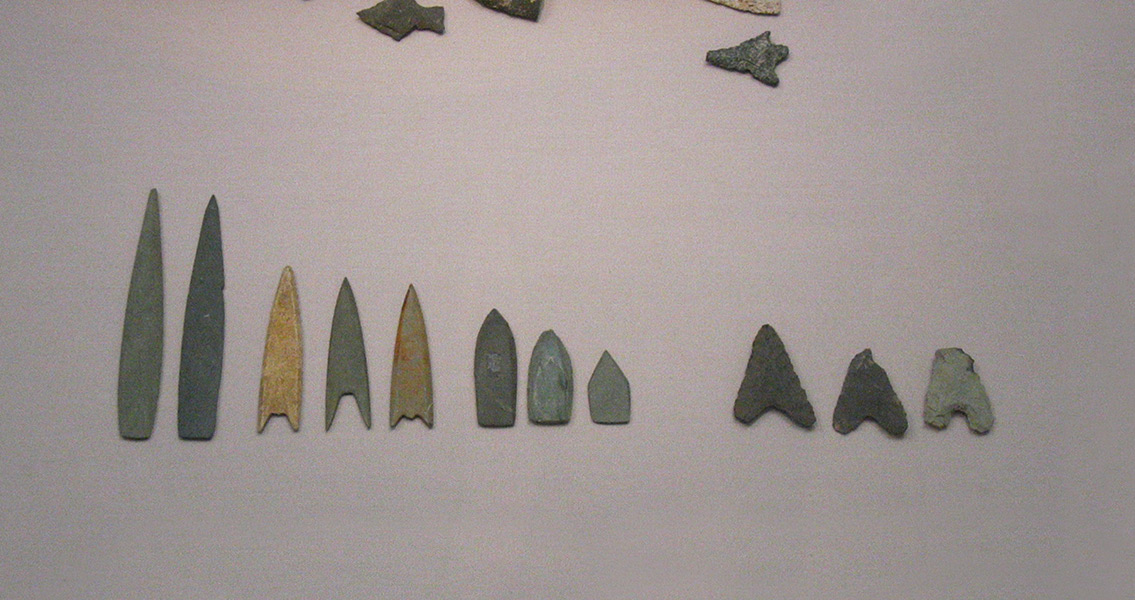<![CDATA[Archery may have been key to social unity among Neolithic communities. A recent piece of research has concluded that the use of bows in hunting may have been one of the pillars of group unity for a primitive human society. The team of Spanish archaeologists have reached this conclusion after studying Neolithic bows found at the archaeological site La Draga, Girona, northeast Spain. Surprisingly, the team found relatively few remains of wild animals, but there was an abundance of hunting gear unearthed at La Draga. As there were so few animal remains, the team concluded that food was not the main aim of developing hunting objects. "Neolithic archery could have had a significant community and social role, as well as providing social prestige to physical activity and individuals involved in it," explained Xavier Terradas, a member of the research team. According to the research paper, prestige was linked to the type of hunted animal in some cases. At other times, prestige was more important than the actual capture of the animal itself. Raquel Piqué, lead author of the study, said, "as a collective resource, larger preys may have played an important [social] role, even in those cases when they constituted a punctual or sporadic resource". Of the many finds at La Draga, some of the most exciting discoveries were three yew bows. Originally found in 2012, the team's research had estimated the bows to be aged between 7,400 and 7,200-years-old - making the bows the earliest yet found in all of Europe. Only one of the recovered bows was complete, the other two were only fragmentary. The complete bow was over a metre long, with a maximum width of 25mm and a thickness of 15mm. In comparison with other bows found elsewhere in Europe from this period, the intact bow is significantly smaller than average. Dimensions taken from the other bows, however, indicate that these two were larger than the complete bow when whole, and similar in size to the European average. Clearly, the Neolithic society found at La Draga had been relatively complex. The bows indicate that a prestige-based society existed over 7,000-years-ago. One of the most intriguing aspects of the bows is that they are strikingly uniform in their construction. All three bows were made from the same raw material, with the only variation being in their shapes and sizes. It appears, therefore, that the bows could well have been made by a single individual or small group. If one specific group was tasked with constructing bows, it could indicate economic specialisation among the Neolithic society based in La Draga. Also, if hunting was not simply a means of providing sustenance for the community, these bows could have been a means of showing one's ranking in the social hierarchy. These bows offer a fascinating glimpse into one of the earliest farming societies. The bows found at La Draga offer the earliest archaeological evidence about the social role of hunting. In societies which had begun farming, hunting still played an important role, even if only in terms of prestige. La Draga's Neolithic community allows us to see economic specialization, division of labour and social prestige in an incredibly early human society. For more information: ]]>
Prehistoric Bows Show Neolithic Social Hierarchy
